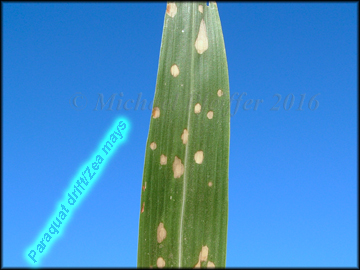
click for a larger image
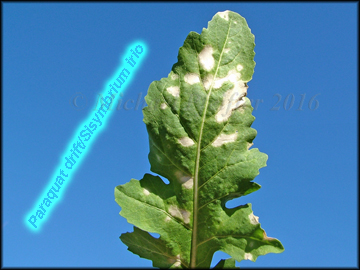
click for a larger image
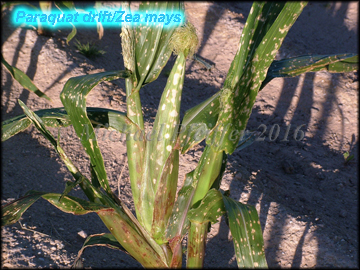
click for a larger image
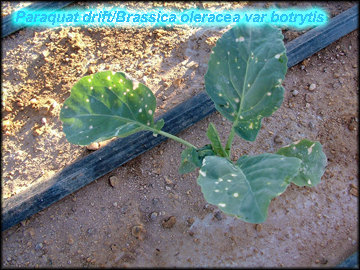
click for a larger image
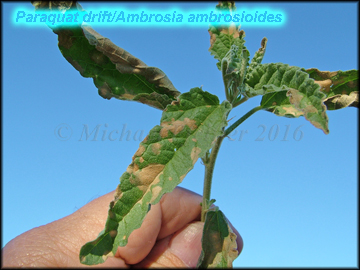
click for a larger image

click for a larger image
| Cell Membrane Disruptors |
| There are two groups of herbicides which are commonly referred to as cell membrane disruptors: the Photosystem 1 (PS1) electron diverters and the PPO inhibitors. Diquat and paraquat are the only current members of the PS1 group and are foliar applied, non-translocated, non-selective herbicides. Paraquat is also used as a crop desiccant. When diquat and paraquat molecules enter cells in leaves, they pick up electrons from photosynthetic processes and cause reactive compounds to be formed which rupture cell membranes. |
| Acifluorafen, carfentrazone, flumioxazin, fomesafen, oxyfluorfen, saflufenacil and sulfentrazone are examples of PPO inhibitor herbicides. Most PPO inhibitor herbicides are post-emergence herbicides but some (flumioxazin, oxyfluorfen and sulfentrazone) have both post emergence and pre-emergence activity. During photosynthesis PPO inhibitors, prevent protoporphorinogen oxidase (PPO) from producing protoporphorin, reactive compounds form and cell membranes rupture. |
| On plants affected by these herbicides symptoms include a water soaked appearance to foliage (+/- wilting) followed by dessication (browning) of tissue. Light is needed for activity and symptoms develop quickly on bright, warm days. With both groups of herbicides, best post-emergence control is achieved when applied to small weeds. |
| Photographs by Dr. Michael Pfeiffer |

click for a larger image |

click for a larger image |
|

click for a larger image |

click for a larger image |
|

click for a larger image |

click for a larger image |